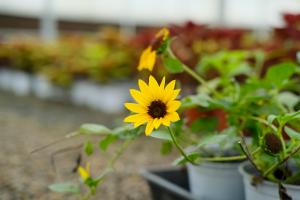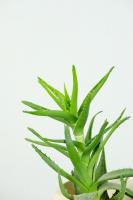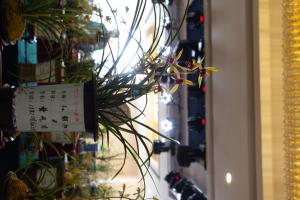Introduction
Vascular plants are a type of plant that have specialized tissues called vascular tissues for conducting water, minerals, and food throughout the plant. They are also known as tracheophytes and are the most diverse group of plants on earth, with more than 300,000 known species.
Structure of Vascular Plants
Vascular plants have a root system, a stem, and leaves. The root system anchors the plant in place and absorbs water and minerals from the soil. The stem provides support for the plant and holds the leaves up to the sunlight for photosynthesis. The leaves are the main site for photosynthesis, the process by which plants make their own food using sunlight, water, and carbon dioxide.
Vascular Tissues
The vascular tissues in vascular plants consist of two types of tissues, xylem and phloem. Xylem is responsible for transporting water and minerals from the roots up to the rest of the plant. Phloem, on the other hand, transports food from the leaves down to the other parts of the plant, such as the roots and stems.
Diversity of Vascular Plants
Vascular plants can be divided into two main groups: seedless vascular plants and seed vascular plants. Seedless vascular plants do not produce seeds and include ferns, horsetails, and clubmosses. Seed vascular plants, on the other hand, produce seeds and can be further divided into two groups: gymnosperms and angiosperms. Gymnosperms include conifers, cycads, and ginkgos, while angiosperms are flowering plants and the most diverse group of plants.
Importance of Vascular Plants
Vascular plants play a crucial role in the environment as they provide food, oxygen, and habitat for animals. They are also important for human use as they provide us with food, medicine, clothing, and shelter. Many of the world's most important crops, such as wheat, rice, and corn, are vascular plants. Additionally, many pharmaceutical drugs are derived from vascular plants, including aspirin, which is derived from salicylic acid found in willow bark.
Conclusion
In conclusion, vascular plants are a diverse group of plants that play a crucial role in the environment and human life. Their specialized vascular tissues for conducting water, minerals, and food allow them to grow to significant heights and provide important functions for many ecosystems. Further research and conservation efforts are necessary to ensure the preservation of these invaluable plants.

 how many times do yo...
how many times do yo... how many planted tre...
how many planted tre... how many pine trees ...
how many pine trees ... how many pecan trees...
how many pecan trees... how many plants comp...
how many plants comp... how many plants can ...
how many plants can ... how many plants and ...
how many plants and ... how many pepper plan...
how many pepper plan...
































